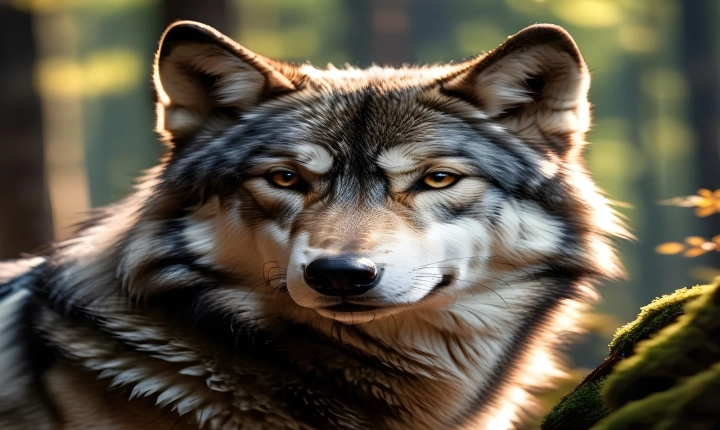AI Art: A New Frontier for Commercial Use
Artificial Intelligence (AI) has been making significant strides in the field of creativity, and one of the most intriguing applications has been the creation of AI-generated art. This has led to a debate about the commercial use of AI art and the implications it has on the art world. Can AI art be used for commercial purposes, and if so, what are the implications for artists, consumers, and art industry professionals?
AI-generated art is created using algorithms and machine learning, which allow the AI to produce images, paintings, and other forms of art. These creations can be highly original and thought-provoking, blurring the lines between human creativity and machine-generated artistry. As these technologies advance, the quality and sophistication of AI art continue to improve, leading to increased interest in its commercial potential.
One of the key questions surrounding AI art is whether it can be used for commercial purposes. The answer is not straightforward, as it depends on various factors, including legal, ethical, and artistic considerations. From a legal standpoint, the commercial use of AI art raises questions about intellectual property rights and copyright laws. If an AI creates a piece of art, who owns the copyright? Is it the AI itself, the programmer, or the entity that commissioned the art? These are complex issues that require careful consideration and, in many cases, legal clarification.
From an ethical perspective, the commercial use of AI art also raises concerns about the impact on traditional artists. Will AI-generated art overshadow human creativity, leading to a devaluation of traditional artistic skills? Will commercial entities prioritize AI art over human-created art, potentially displacing artists and undermining the value of their work? These are valid concerns that need to be addressed as AI art becomes more prevalent in commercial settings.
Despite these challenges, there are compelling reasons to consider the commercial use of AI art. AI-generated art offers a new and innovative way to create and experience artistic expression. It can inspire new forms of creativity, challenge traditional notions of art, and open up opportunities for collaboration between humans and machines. Furthermore, the commercial use of AI art can lead to new business models, products, and experiences that tap into the unique capabilities of AI technology.
In light of these considerations, it is important to establish guidelines and best practices for the commercial use of AI art. This includes clarifying copyright ownership, ensuring fair compensation for artists and creators, and promoting a balanced approach that respects both AI-generated and human-created art. Collaboration between AI developers, artists, legal experts, and industry stakeholders is essential to develop a framework that supports the responsible and ethical use of AI art for commercial purposes.
As AI technology continues to evolve, the commercial use of AI art will undoubtedly become more prevalent. It is crucial for the art world to embrace this new frontier while also addressing the legal, ethical, and artistic implications. By doing so, we can harness the potential of AI-generated art to enrich the creative landscape, foster innovation, and create new opportunities for artists and businesses alike.
